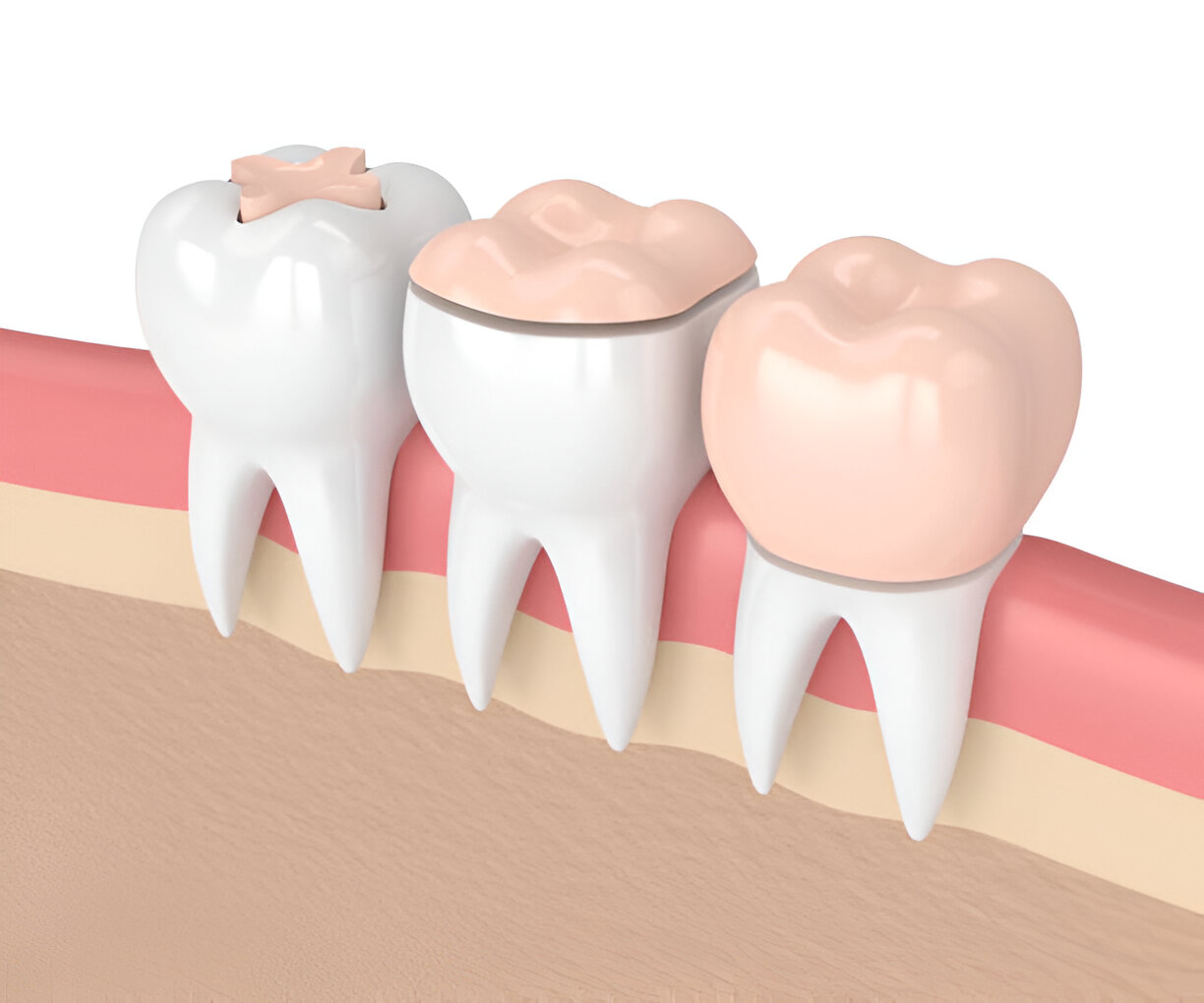Invisalign is a popular choice for people who want to straighten their teeth without using metal braces. The clear aligners are discreet, removable, and comfortable. However, some patients worry that Invisalign may affect their speech. One common concern is whether it can cause a lisp.
If you are considering Invisalign, you may wonder if it will change how you speak. This article explains why some people experience a temporary lisp, how long it lasts, and what you can do to improve your speech quickly. If you’re looking for expert orthodontic care, an NHS Dentist in Aberdeen can provide guidance on Invisalign and other treatment options.
Can Invisalign Cause a Lisp?
Yes, Invisalign can cause a temporary lisp. This happens because the aligners slightly change the space inside your mouth. Since the trays cover your teeth, your tongue may struggle to make certain sounds, especially “S” and “Z” sounds.
The good news is that not everyone develops a lisp. For those who do, it is usually very mild and disappears within a few days or weeks.
Can You Drink Coffee with Invisalign?
Why Does Invisalign Affect Speech?
Your tongue plays a key role in speech. It touches different parts of your mouth to create sounds. When you wear Invisalign, your tongue needs time to adjust to the new shape of your mouth.
Here’s why a lisp may occur:
- Tongue Placement Changes – The aligners create a thin barrier over your teeth. Your tongue must learn to move slightly differently.
- Increased Saliva Production – Some people produce more saliva when they first wear aligners, making speech feel different.
- Mouth Space is Slightly Altered – The aligners take up a small amount of space, which can affect airflow when speaking.
Since Invisalign aligners are custom-made, the fit of your trays can also impact speech. If an aligner does not fit properly, it may affect tongue movement more than expected.
Can You Chew Gum with Invisalign?
How Long Does a Lisp Last with Invisalign?
For most people, a lisp lasts only a few days to two weeks. The more you speak while wearing Invisalign, the faster your tongue adapts.
Some factors may affect how long it takes for speech to return to normal:
- Consistency – Wearing your aligners for the recommended 20-22 hours per day helps your tongue adjust more quickly.
- Speech Habits – If you naturally speak quickly or have a pre-existing speech difficulty, it may take longer to adapt.
- Aligner Fit – A poorly fitting tray could make a lisp last longer. If your speech does not improve, ask your dentist to check the fit.
Can Invisalign Fix an Overbite?
How to Reduce a Lisp with Invisalign
Although a lisp is usually temporary, you can speed up the adjustment process with speech exercises and practice.
1. Speak as Much as Possible
The best way to train your tongue is to talk frequently while wearing your aligners. Reading aloud is a great way to help your tongue adjust to the new shape of your mouth.
2. Focus on Problem Sounds
Most people struggle with “S” and “Z” sounds. Try saying words that contain these letters, such as:
- “Sunshine”
- “Success”
- “Zebra”
Repeating these words slowly can help improve pronunciation.
How Long Does Invisalign Take to Stop Hurting?
3. Read the Rainbow Passage
The Rainbow Passage is a short text used by speech therapists. It contains all the sounds in the English language. Reading it aloud can help your tongue adjust more quickly.
4. Use a Straw
Drinking through a straw helps strengthen tongue and lip muscles. This can improve pronunciation and make your speech clearer.
5. Try Tongue Placement Exercises
Place your tongue behind your front teeth and say “ssss”. Hold this position for a few seconds, then try again. This helps train your tongue to find the right placement while wearing aligners.
If your lisp does not improve after a few weeks, consult your dentist. They can check if your aligners are fitting properly.
Will a Lisp Return with Each New Set of Aligners?
Invisalign treatment involves switching to a new set of aligners every 1-2 weeks. Some people worry that a lisp may return each time they change trays.
Fortunately, this is not usually the case. Once your tongue has adjusted to wearing aligners, it will adapt to new trays more quickly. Any minor speech issues should resolve within a few hours or days.
Do Metal Braces Cause a Lisp Too?
Unlike Invisalign, traditional braces are fixed and do not cover the entire surface of the teeth. This means they rarely cause speech problems. However, some people experience speech difficulties if they have a palate expander or large brackets.
The main advantage of Invisalign over metal braces is that any speech issues are temporary. With regular braces, food restrictions and discomfort may last longer than speech adjustments with Invisalign.
Does Everyone Get a Lisp with Invisalign?
No, not everyone gets a lisp. Some people adjust to wearing aligners with no speech issues at all. Others may experience a slight lisp that disappears within a few days.
Factors that may increase the chances of developing a lisp include:
- Having a narrow palate or smaller mouth space
- Speaking quickly or with a strong accent
- Having pre-existing speech difficulties
- Using thicker aligners or trays that do not fit properly
Even if you do experience a lisp, it is temporary and improves with practice.
Schedule your appointment today
Final Thoughts
If you are considering Invisalign, a temporary lisp should not be a major concern. Most people adjust quickly and return to normal speech within a short time.
By practising speech exercises, talking frequently, and wearing your aligners consistently, you can reduce the adjustment period. If you experience speech issues that last longer than two weeks, consult your dentist to check the fit of your aligners.
Overall, Invisalign remains one of the best options for discreet and effective teeth straightening. With patience and practice, any minor speech changes will quickly become a thing of the past.
Start Your Invisalign Journey with Holburn Dental & Implant Centre
If you’re considering Invisalign but are worried about a temporary lisp, rest assured that it’s a minor adjustment that fades quickly. At Holburn Dental & Implant Centre, we offer expert Invisalign treatment with personalised care to ensure a smooth experience.
Frequently Asked Questions (FAQs)
1. How long does a lisp last with Invisalign?
For most people, a lisp lasts between a few days and two weeks. Regular speech practice helps speed up adjustment.
2. Can I prevent a lisp when starting Invisalign?
You cannot fully prevent a lisp, but you can reduce its impact by speaking frequently, practising problem sounds, and using speech exercises.
3. Will I get a lisp every time I switch to a new aligner?
No, once your tongue has adjusted, it will adapt to new trays more quickly. Any minor speech issues should resolve within a few hours or days.
4. What should I do if my lisp does not go away?
If your lisp lasts longer than two weeks, consult your dentist. Your aligners may not fit properly and might need adjustments.
5. Can Invisalign improve my speech?
In some cases, aligning your teeth can improve tongue placement, which may help correct pre-existing speech issues over time.
Invisalign treatment in Aberdeen at Holburn Dental and Implant Centre


